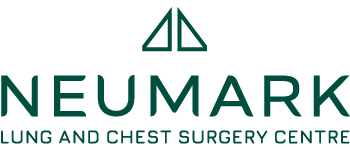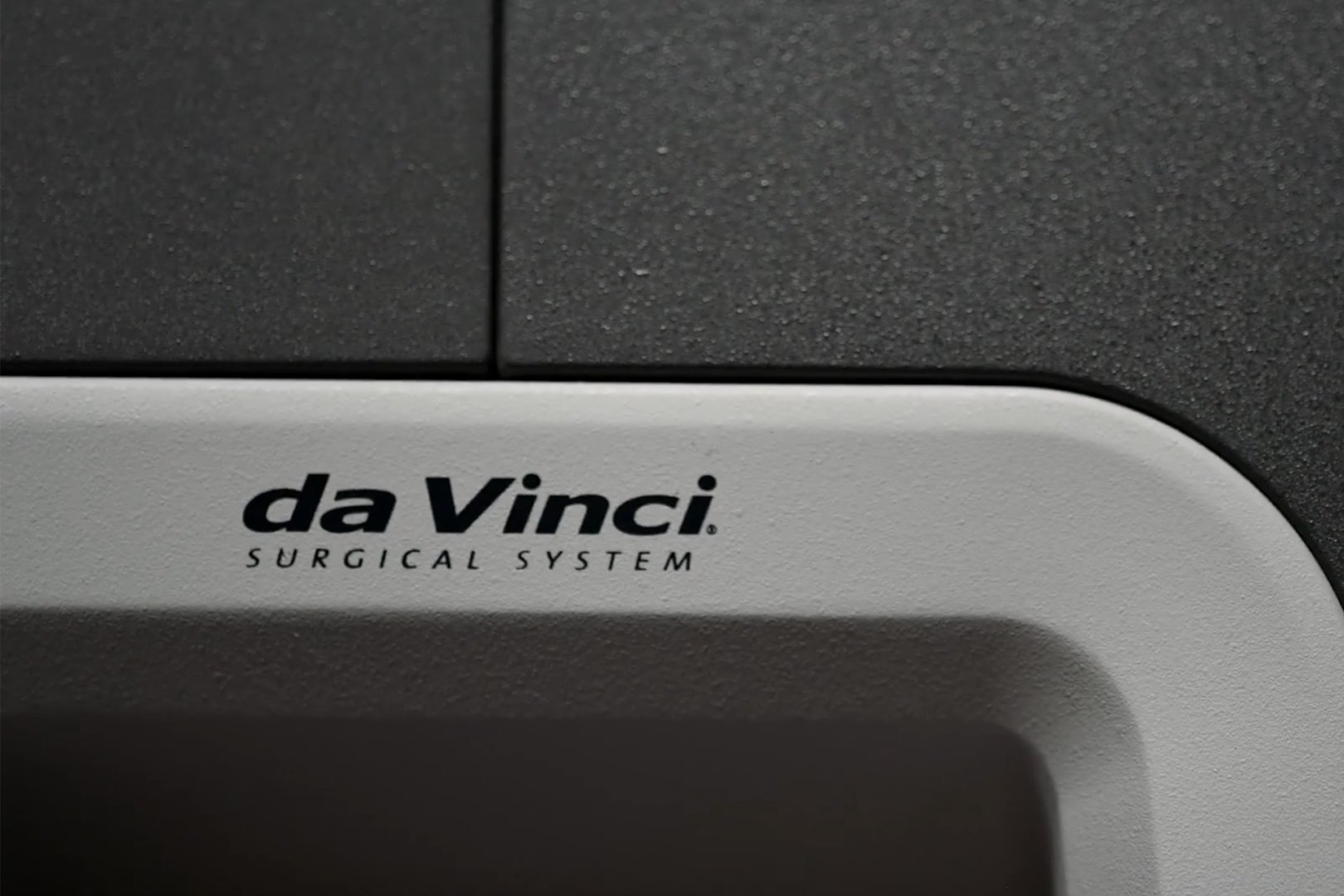The field of thoracic surgery has undergone a remarkable transformation in recent decades, with minimally invasive techniques revolutionising the way surgeons approach conditions of the chest cavity. Two primary techniques, video-assisted thoracic surgery (VATS) and robotic-assisted thoracic surgery (RATS), are at the forefront of this surgical evolution.
Video-Assisted Thoracoscopic Surgery (VATS)
Video-Assisted Thoracoscopic Surgery (VATS), the pioneer of minimally invasive thoracic surgery, involves making several small incisions, typically 1-3 cm in length, through which a high-definition camera and specialised instruments are inserted. The surgeon operates while viewing magnified images on a monitor, manipulating tissues with precision that rivals open surgery.
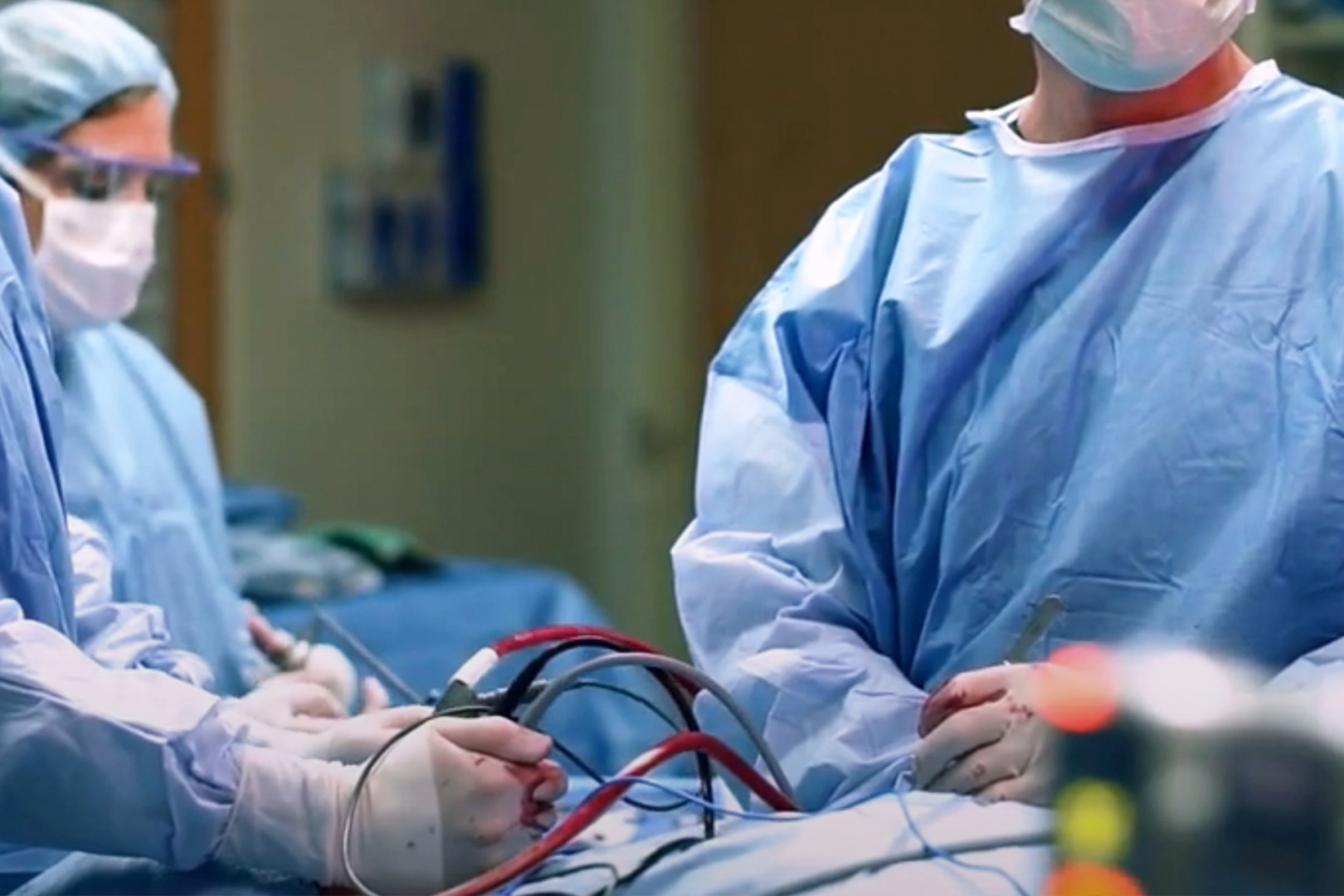
In traditional VATS, the surgeon manually controls the instruments at the operating table. A more recent innovation, uniportal VATS, allows the entire procedure to be performed through a single, slightly larger incision, further reducing trauma to the chest wall.
VATS has become the gold standard for many thoracic procedures, including lung biopsies, wedge resections, lobectomies, and pneumothorax treatment.
The technique offers several advantages: reduced postoperative pain, shorter hospital stays (often 2-3 days for a VATS lobectomy compared to 5-7 days for open surgery), and quicker return to daily activities. Due to minimal chest wall disruption, patients typically experience less scarring, reduced risk of infection, and improved postoperative lung function.
Robotic-Assisted Thoracic Surgery (RATS)
Building on the success of VATS, Robotic-Assisted Thoracic Surgery (RATS) has pushed the boundaries of minimally invasive thoracic procedures even further. In RATS, the surgeon controls robotic arms from a console located in the operating room. The robotic system translates the surgeon’s hand movements into precise, scaled-down motions of tiny instruments inside the patient’s chest. RATS offers several unique advantages:
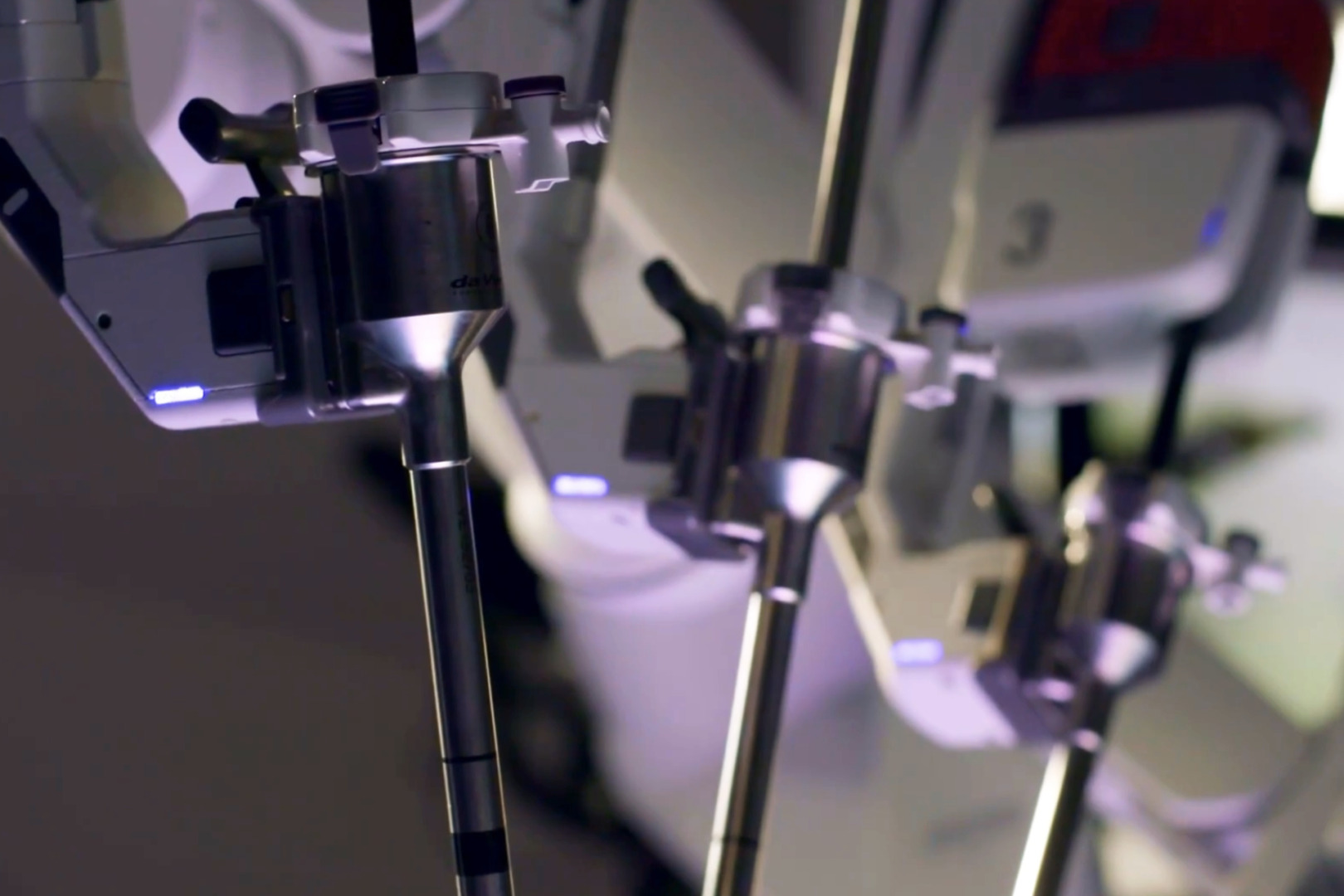
- Enhanced 3D Visualisation: The robotic system provides a magnified, high-definition 3D view of the surgical site, offering depth perception that 2D systems cannot match.
- Increased Dexterity: Robotic instruments can rotate 360 degrees and bend in ways that surpass human wrist capabilities, allowing for intricate manoeuvres in confined spaces.
- Tremor Filtration: The system filters out natural hand tremors, enabling steadier movements.
- Ergonomic Comfort: Surgeons can operate seated, reducing fatigue during long procedures.
RATS is particularly beneficial for complex procedures such as thoracic tumour resections, esophageal surgery, and mediastinal mass removals. The enhanced precision allows for more accurate dissection around vital structures and potentially more complete lymph node sampling in cancer surgeries.
Opening the doors for formerly inoperable patients
VATS and RATS have opened doors for patients previously considered inoperable due to their advanced age or comorbidities. The reduced physiological stress of these approaches means that more patients can benefit from potentially life-saving surgeries. For instance, elderly patients with early-stage lung cancer who might not tolerate a traditional thoracotomy can often undergo a VATS or RATS lobectomy safely.
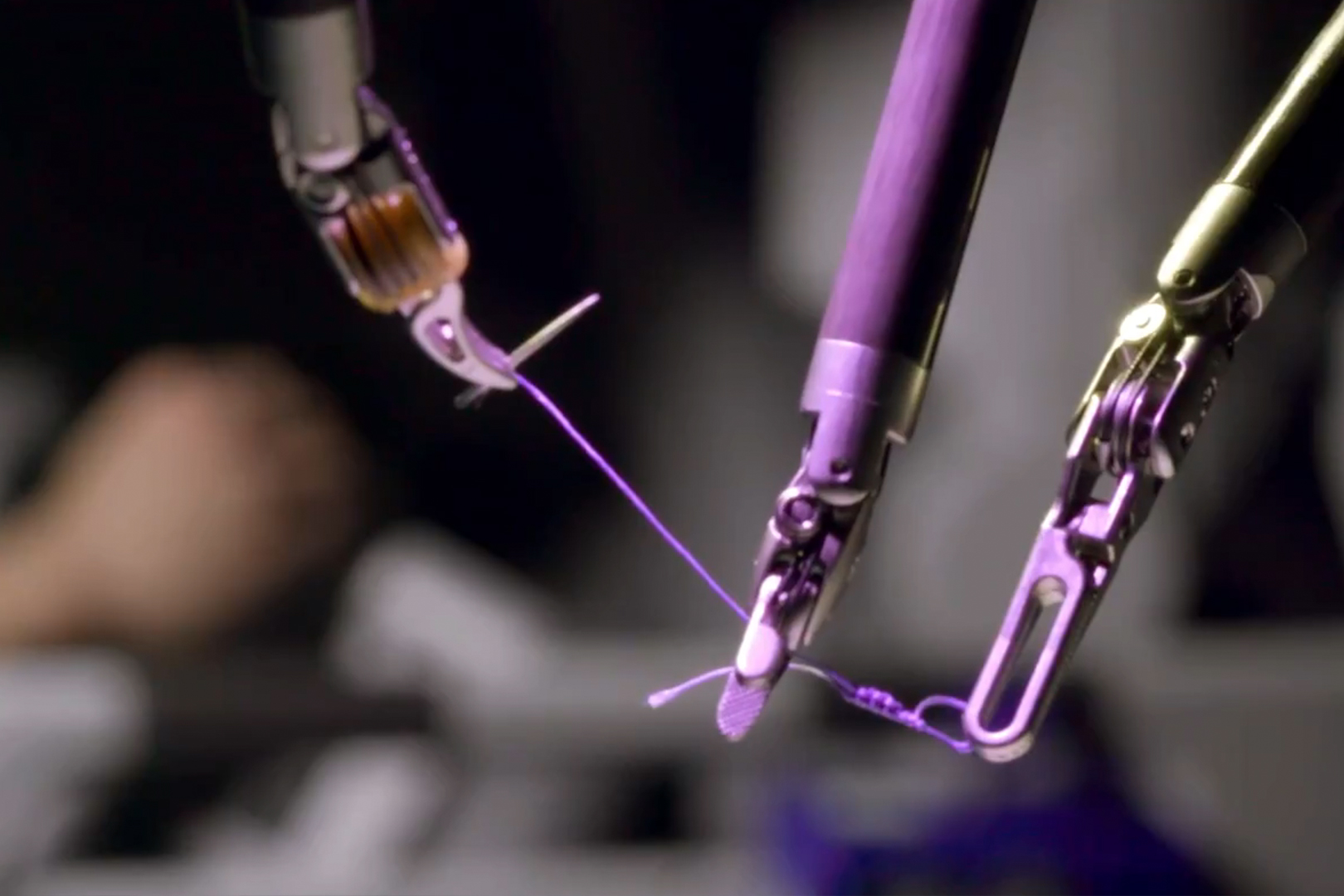
However, these techniques come with certain challenges. The learning curve for surgeons is steep, and specialised training and experience are required to master these approaches. RATS, in particular, necessitates significant investment in equipment and ongoing maintenance. Additionally, not all thoracic conditions are suitable for minimally invasive approaches. Consulting with a highly-skilled thoracic surgeon, like Dr Harish Mithiran of Neumark Lung & Chest Surgery Centre, can open the doors to possible treatment options that are right for you.
Large tumours, extensive adhesions from previous surgeries, or certain anatomical variations may necessitate conversion to open surgery.
Ongoing advancements in minimally invasive surgery
As technology advances, the future of minimally invasive thoracic surgery looks promising. Innovations in VATS and RATS are ongoing. For VATS, developments in single-port techniques and needlescopic instruments (with diameters less than 3mm) are pushing the boundaries of ‘minimally invasive’ even further. In the realm of RATS, advancements in haptic feedback technology aim to provide surgeons with a sense of touch, enhancing their ability to gauge tissue tension and firmness.
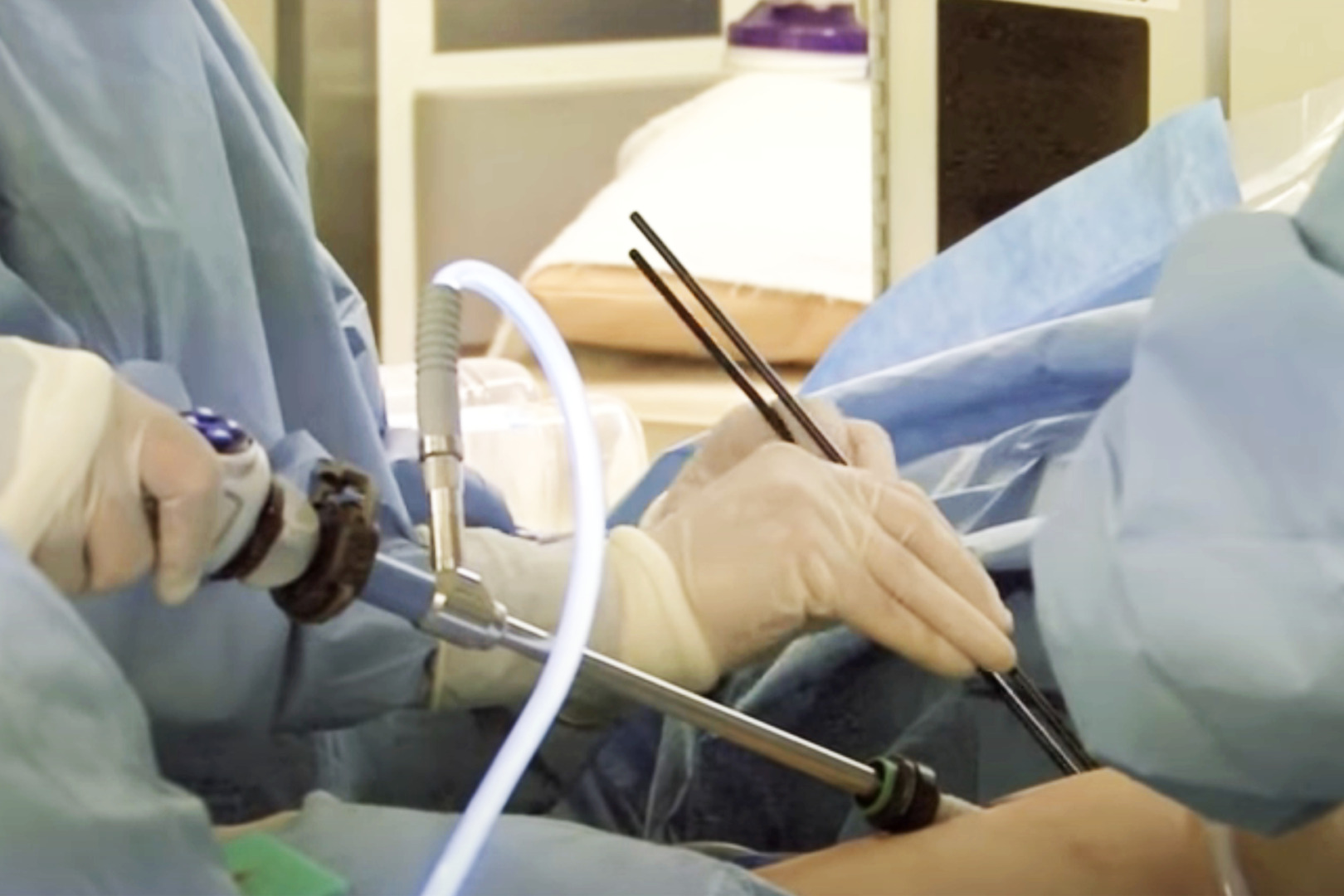
Moreover, integrating advanced imaging technologies enhances both VATS and RATS procedures. Intraoperative CT scans, fluorescence-guided surgery using indocyanine green (ICG), and augmented reality overlays improve surgeons’ ability to locate and remove small lung nodules with even greater precision.
The impact of VATS and RATS extends beyond the operating room. These techniques have facilitated earlier intervention in conditions like lung cancer, where early-stage treatment can significantly improve outcomes. They’ve also changed the trajectory of recovery, allowing patients to return to their lives and, in many cases, to adjuvant therapies more quickly than traditional open surgery would allow.
For patients facing thoracic surgery, the advent of VATS and RATS offers hope and reassurance. While the prospect of chest surgery remains daunting, the reduced trauma, faster recovery, and excellent outcomes associated with these approaches provide a silver lining. As these techniques continue to evolve and improve, the future of thoracic surgery looks increasingly bright, promising better outcomes and experiences for patients dealing with chest conditions.
As research continues and technology advances, we can expect even more refined and patient-friendly approaches in the field of minimally invasive thoracic surgery. To schedule a consultation with Dr Harish Mithiran to find out if minimally invasive thoracic surgery is right for your condition, contact Neumark Lung & Chest Surgery Centre today.
